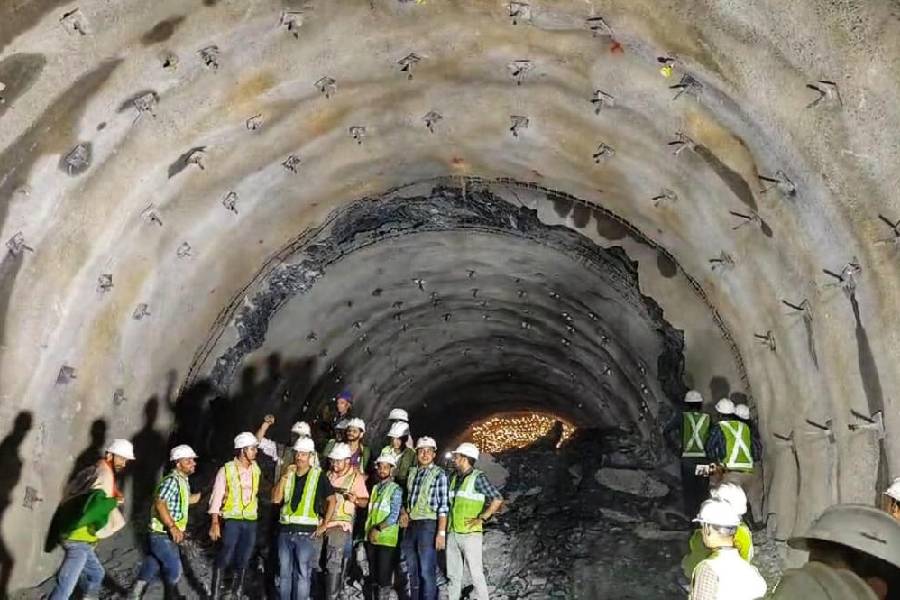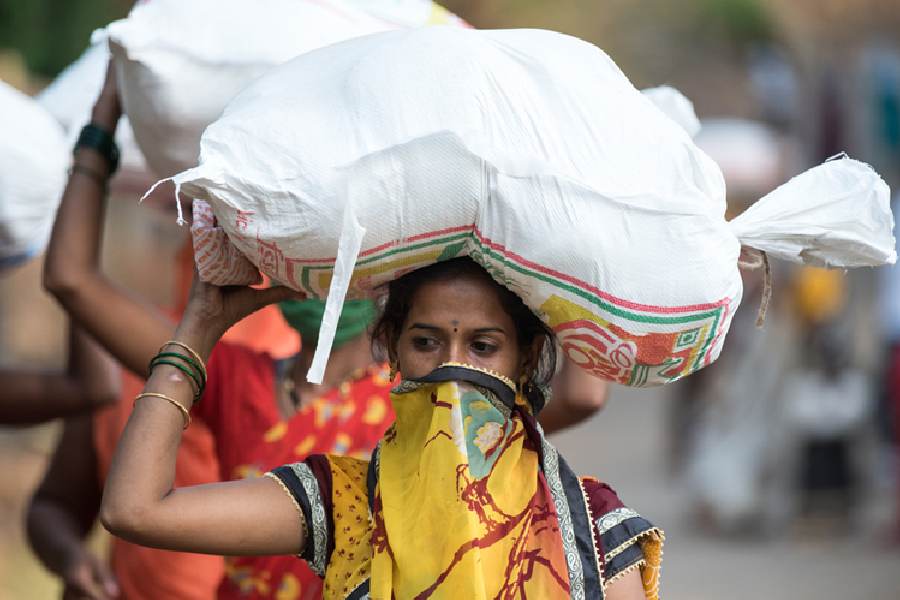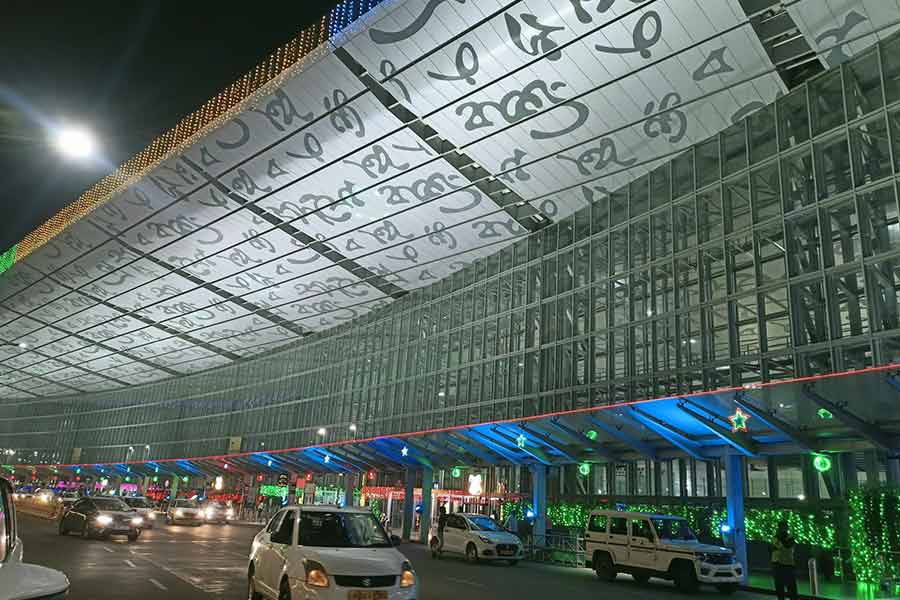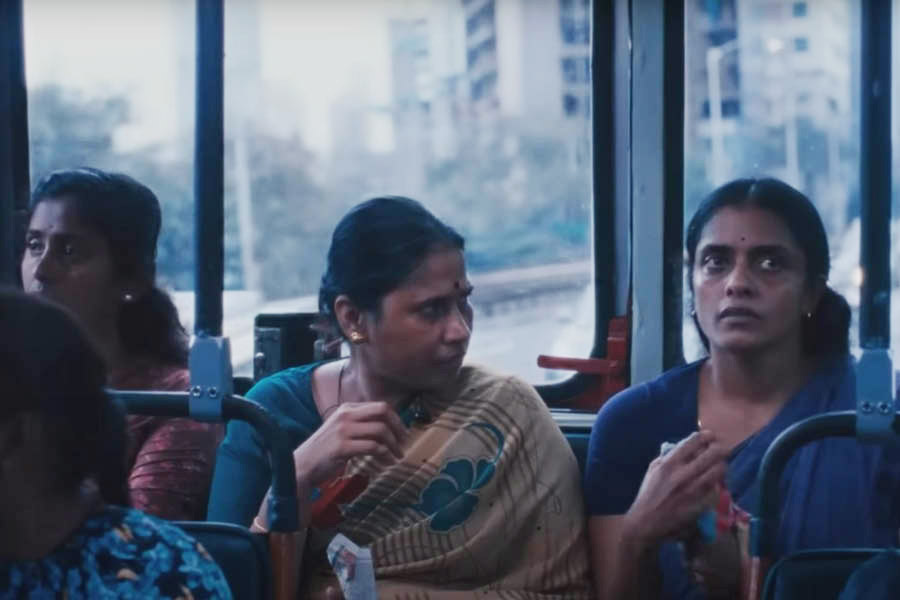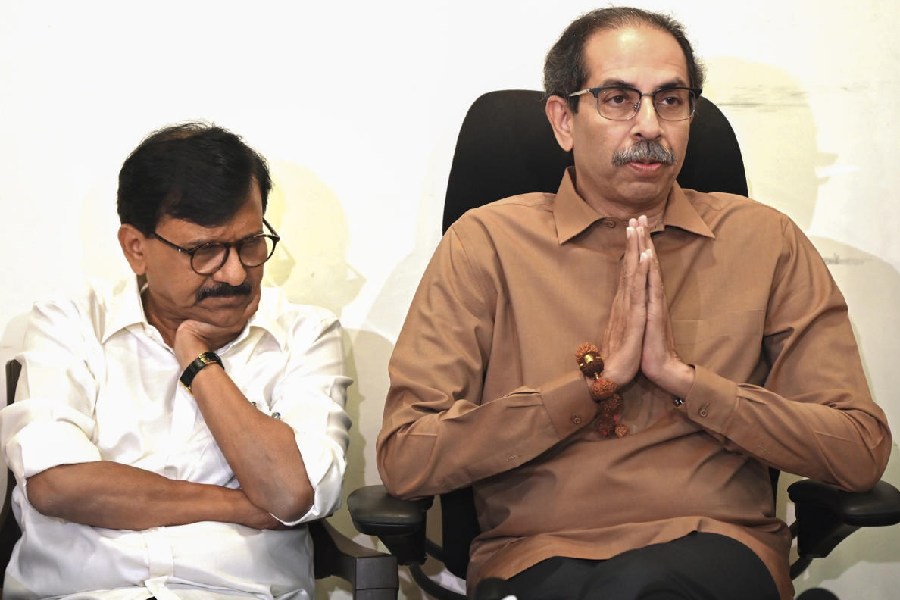Around 93 per cent of the tunneling work of the Sevoke-Rangpo railway project, on some of the world’s most difficult terrains, is complete, officials of the Northeast Frontier Railway (NFR) said on Thursday.
The project, which was initiated back in 2009 when Mamata Banerjee was the Union railways minister, is likely to be completed by next year.
“All the activities like construction of tunnels, bridges and station yards are going on war footing for early completion of the project. Even yesterday (Wednesday), a breakthrough of one of the major tunnels (number four) was reported. It is a 3,948–metre tunnel, along with a 599-metre evacuation tunnel, located near Hanumanjhora of Darjeeling district,” said Sabyasachi De, the chief public relations officer of the NFR.
The tunnel, he said, traverses through vulnerable geological and seismic terrains of the Himalayas.
“Like all other tunnels of the project, the New Austrian Tunneling Method, a sophisticated tunneling technology, was used here,” De added.
The 45km project, aimed at including the Himalayan
state of Sikkim on India’s railway map, has gained pace in recent years.
“The idea is to provide an alternative and stable form of connectivity to Sikkim, the mountainous state that sits on the China-India border. The railway project is also important for strategic and security reasons,” said a senior railway official.
The project will have 14 tunnels, 13 major and nine minor bridges, and five stations. “In Sikkim, the only station will be Rangpo town (on the interstate border). The other four stations will come up in Bengal. There is a plan to extend the railway route to Gangtok (Sikkim capital) later,” said a source.
The tunnels, NFR sources said, will altogether cover 38.65km. “The longest tunnel (number 10) is 5.3km long. The longest bridge is of 425 metres,” the source added.
Tourism stakeholders in the region said they were eagerly awaiting the
project. Train connectivity, they said, would provide an additional mode of transport to Sikkim.
“The railway route, with so many tunnels and bridges, will also draw thousands to go to Sikkim via train. We also believe that travel time to Sikkim will reduce by train,” said Debasish Chakraborty, the general secretary of the Eastern Himalaya Travel and Tour Operators’ Association.

